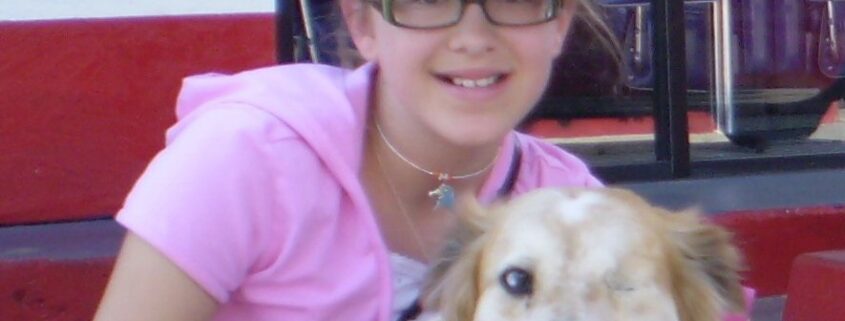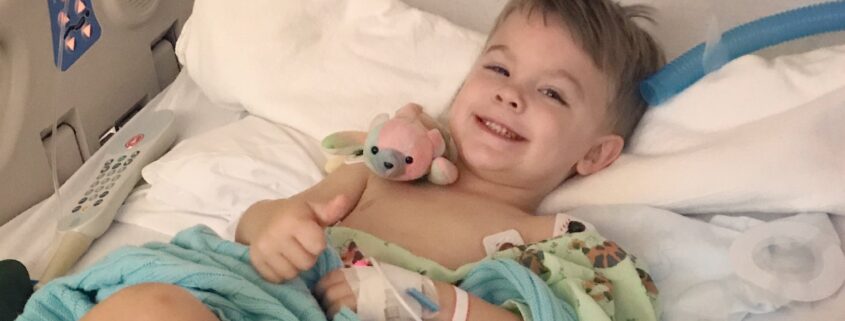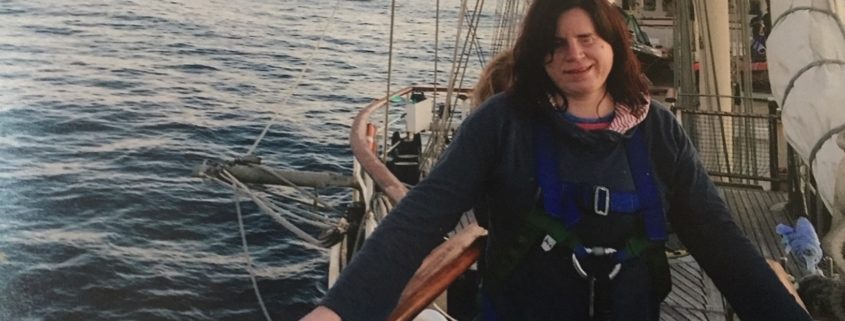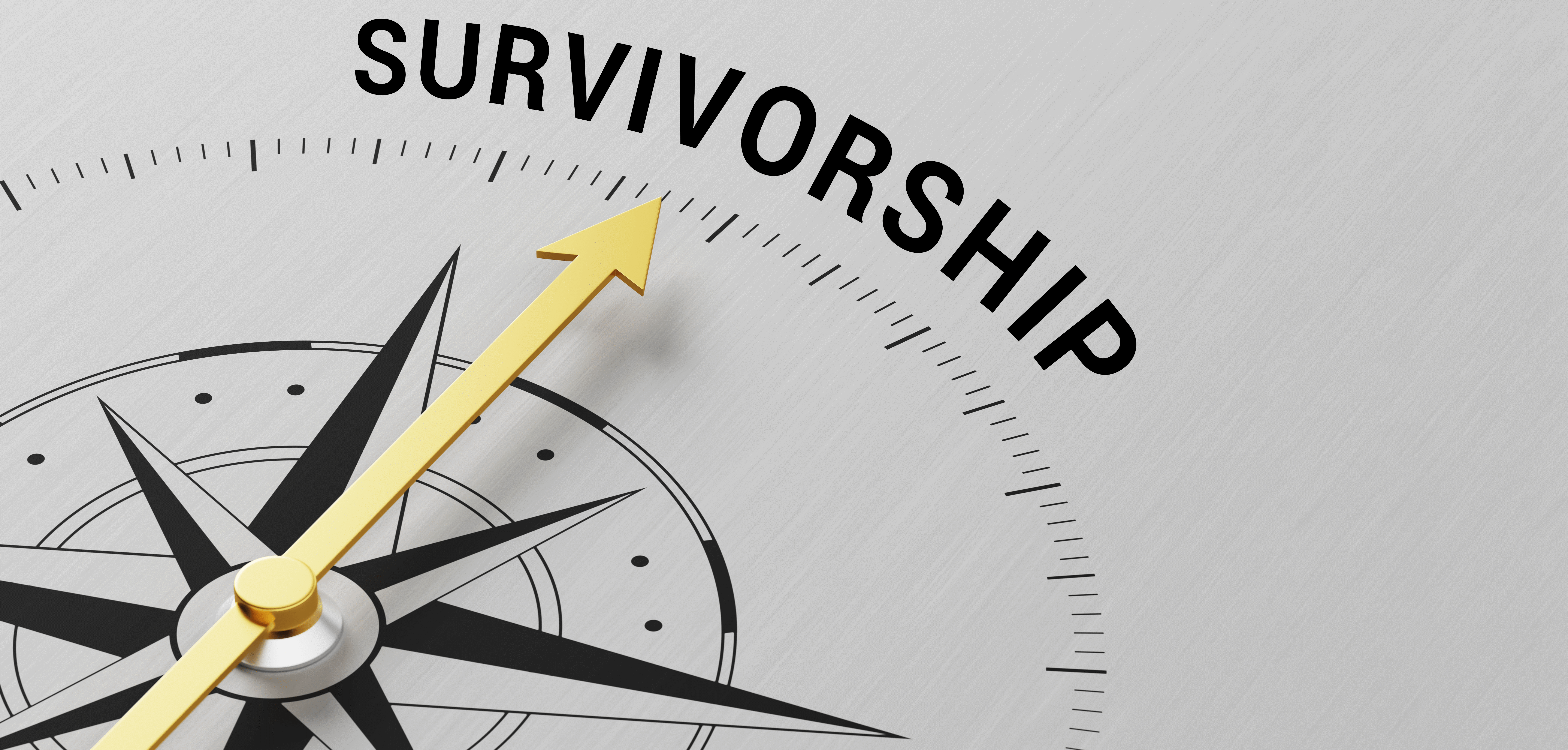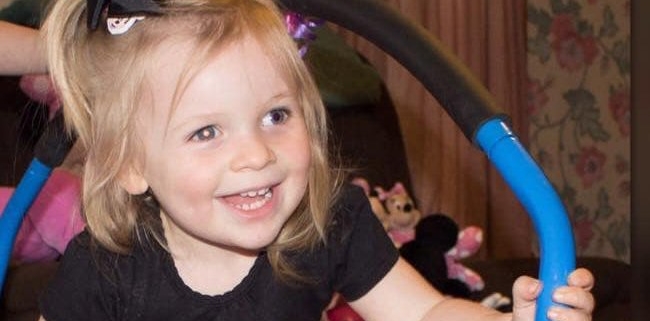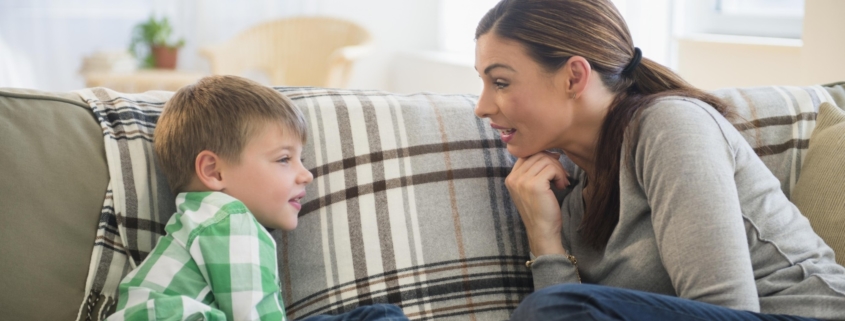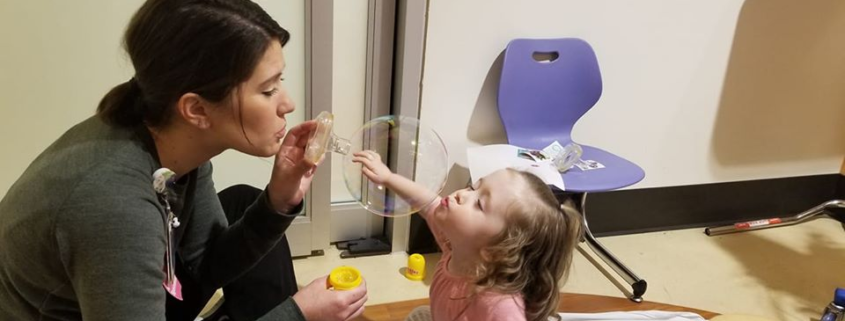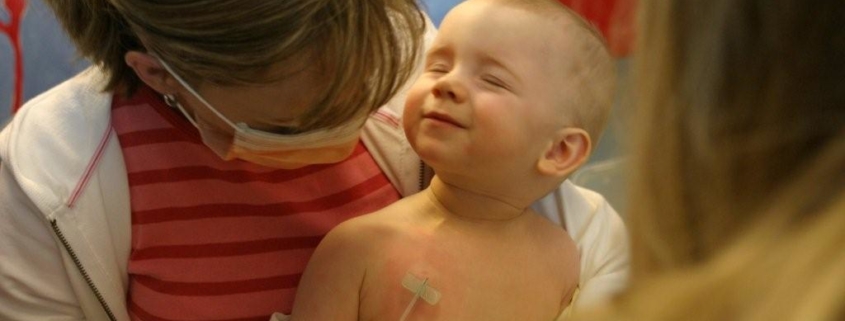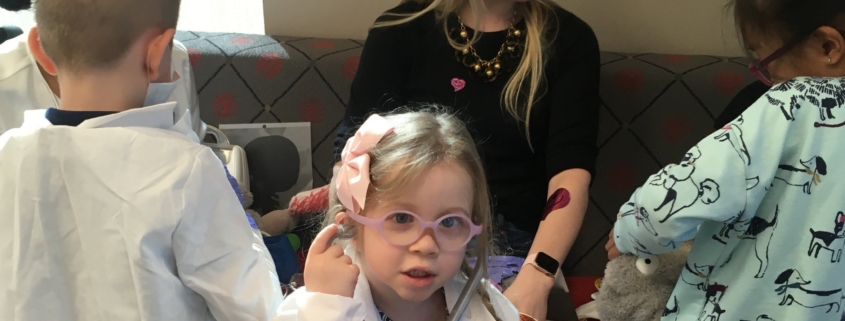Life After Enucleation: 8 Retinoblastoma Survivors Share Hope
Despite advances in eye saving therapy for retinoblastoma, removing a child’s eye remains the most common treatment worldwide. Rb survivor and WE C Hope CEO, Abby White, shares her perspective of life after enucleation, and experiences from seven fellow survivors, offering hope to parents facing the reality of enucleation.


